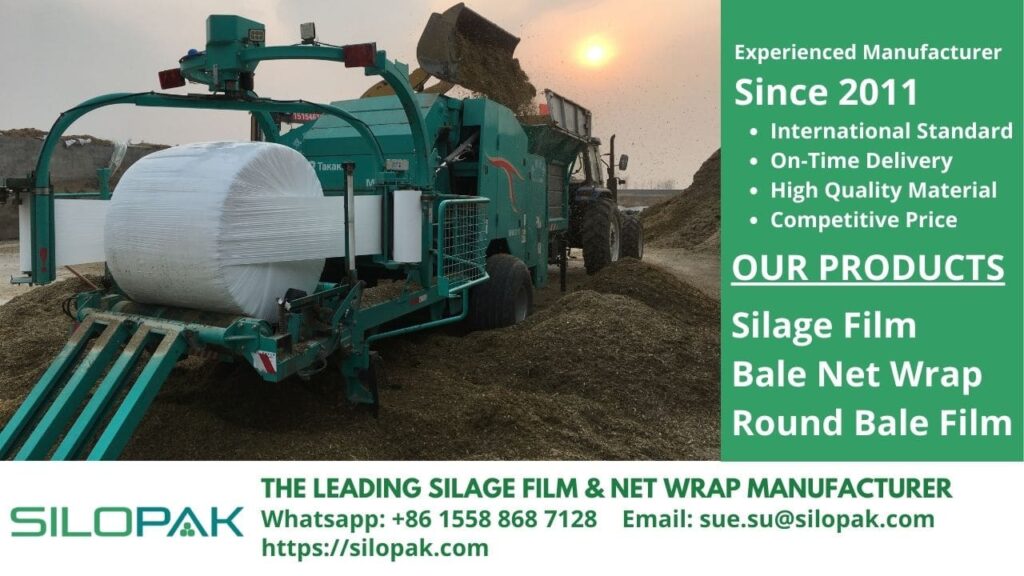
Are you still curious, is lucerne good for cows? Among the many choices of feed, lucerne is one of the most recommended green grasses, because of its high nutritional content which is good for optimizing productivity on farms. But what about the risk of bloating which threatens the lives of the cows?
The negative effects of lucerne are indeed quite dangerous, and can even cause death in livestock. Not surprisingly, until now there are still questions about “is lucerne good for cows, or bad?” In this article, let’s discuss the advantages and disadvantages of lucerne so that you can consider correctly whether to give lucerne or to provide other types of grass feed that are safer.
contents
Nutritional Content in Lucerne
To answer the question “Is lucerne good for cows?” let’s start by discussing its nutritional content in it. When all breeders want optimal production results, both meat and cow’s milk, Lucerne can support this, given its high nutritional content.
This plant, which comes from Medicago sativa in the Fabaceae family, has a high protein content which is good for the growth and maintenance of muscle tissue in livestock. Giving lucerne can even be done for both calves and adult cows. The digestibility level of this one straw is also quite high so it can save money on feed costs.
Other good ingredients contained in lucerne are minerals and vitamins which are good for increasing the body weight of livestock. Cows’ needs for calcium, phosphorus, and vitamins A and D can also be met by providing lucerne for livestock, either by grazing it on lucerne pastures or by making it into silage.
Lucerne Advantages
Lucerne green grass is good for cattle and other livestock when cattle consume it in sufficient quantities or moderation. The following are the advantages of Lucerne to support increased productivity on farms:
High Nutrition Feed
This green plant is rich in vitamins and minerals that livestock need to increase their fat and muscle mass. Consuming lucerne with the right dose can also meet the needs of vitamins A and D for livestock. On the other hand, the fiber in Lucerne is also quite high in the range of 20-30 percent. Livestock-fed lucerne will have a good digestive system and won’t get hungry easily.
Increase Livestock Vitality
Consuming lucerne in sufficient quantities will also meet the energy needs of livestock. Research shows that the energy content of a single green grass is around 1.5 to 2.5 Mcal/kg. Seeing this fact, you should be able to easily answer the question “Is lucerne good for cows?”
Lucerne is even good for all types of dairy cows, from calves to adults. This green feed is also suitable for transport or dairy cattle to support energy sufficiency, as well as to keep livestock warm in the long cold season.
Quality Silage Raw Materials
Lucerne green grass is excellent for making silage, given its high nutrient content. While you can graze cattle any time of day, even lucerne may grow all year round, consumption control of lucerne can be effective when you make silage. It can even be an effective food supply during dry spells.
Disadvantages of Lucerne for Cattle and Livestock in General
Seeing the abundant benefits of lucerne, you also shouldn’t ignore the disadvantages of lucerne. But this is not complicated, because the main key is in the correct way of feeding and not overdoing it. Here are some things you should pay attention to so that lucerne does not harm the life and health of livestock:
Eating Too Much Lucerne Can Make Bloating
To drive hungry cows to the pastures of Lucerne is suicidal. This will make the cows eat too much and they will get bloated. In acute conditions, your livestock will die from this one digestive disorder. So, if you ask “Is lucerne good for cows?” yes, this is a good feed as long as it is not given excessively.
Not Recommended for Pregnant Cows
Administration of lucerne to pregnant cows can lead to lactation and preterm labor. This applies not only to lucerne but also to other types of grass. Feed for pregnant cows must be more specific, for example, straw must not be contaminated with mold, dust, and other harmful residues.
Complex Feeding Management
The practice of herding cattle to the pastures of lucerne, or providing lucerne-based silage, must be accompanied by proper and controlled management. You have control so that the cows don’t eat too much lucerne, as well as providing other main feed so that the nutrition and nutrition for the cows are still fulfilled. This process may be complicated, but discipline always pays off, right?
That’s some information that can answer the question “Is lucerne good for cows?”. By knowing the advantages and disadvantages of this superior feed, we hope that you will be wiser in managing the consumption rules of lucerne for livestock, and can make fermented feed with the best quality film silage.

